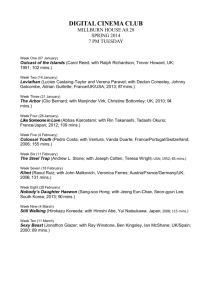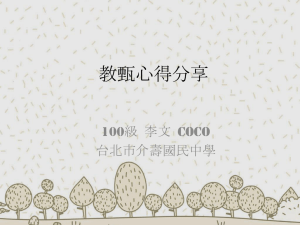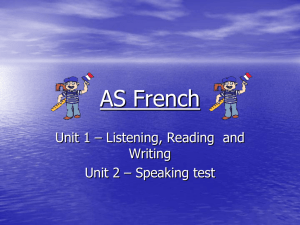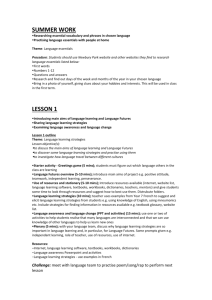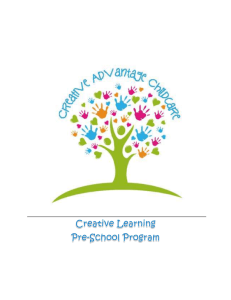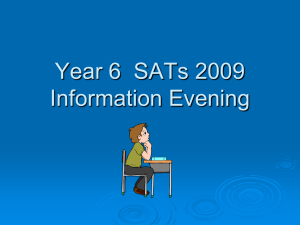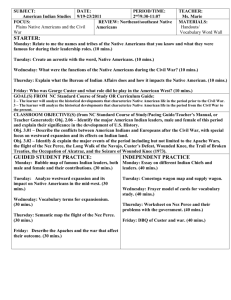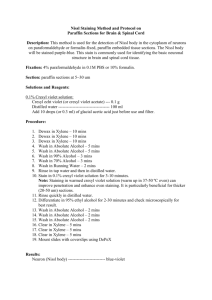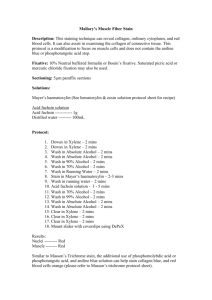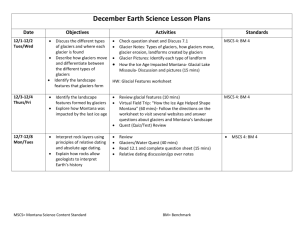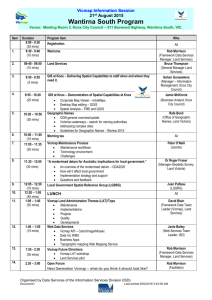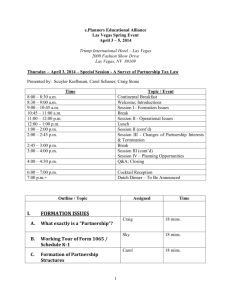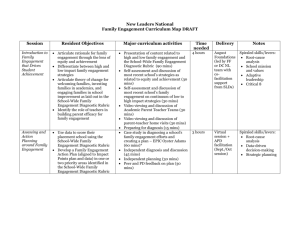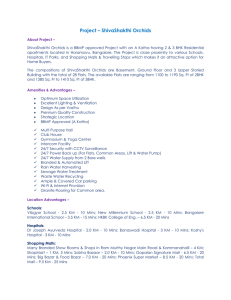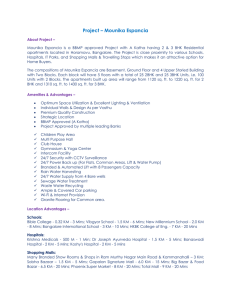word document
advertisement
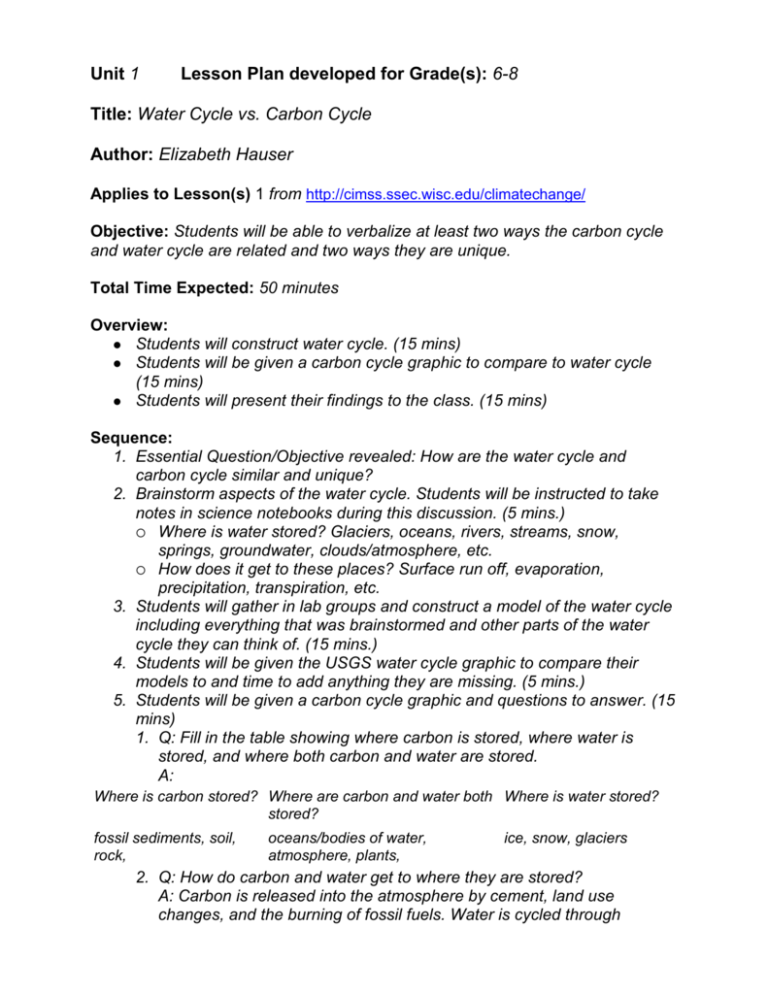
Unit 1 Lesson Plan developed for Grade(s): 6-8 Title: Water Cycle vs. Carbon Cycle Author: Elizabeth Hauser Applies to Lesson(s) 1 from http://cimss.ssec.wisc.edu/climatechange/ Objective: Students will be able to verbalize at least two ways the carbon cycle and water cycle are related and two ways they are unique. Total Time Expected: 50 minutes Overview: Students will construct water cycle. (15 mins) Students will be given a carbon cycle graphic to compare to water cycle (15 mins) Students will present their findings to the class. (15 mins) Sequence: 1. Essential Question/Objective revealed: How are the water cycle and carbon cycle similar and unique? 2. Brainstorm aspects of the water cycle. Students will be instructed to take notes in science notebooks during this discussion. (5 mins.) Where is water stored? Glaciers, oceans, rivers, streams, snow, springs, groundwater, clouds/atmosphere, etc. How does it get to these places? Surface run off, evaporation, precipitation, transpiration, etc. 3. Students will gather in lab groups and construct a model of the water cycle including everything that was brainstormed and other parts of the water cycle they can think of. (15 mins.) 4. Students will be given the USGS water cycle graphic to compare their models to and time to add anything they are missing. (5 mins.) 5. Students will be given a carbon cycle graphic and questions to answer. (15 mins) 1. Q: Fill in the table showing where carbon is stored, where water is stored, and where both carbon and water are stored. A: Where is carbon stored? Where are carbon and water both Where is water stored? stored? fossil sediments, soil, rock, oceans/bodies of water, atmosphere, plants, ice, snow, glaciers 2. Q: How do carbon and water get to where they are stored? A: Carbon is released into the atmosphere by cement, land use changes, and the burning of fossil fuels. Water is cycled through naturally occurring processes like precipitation, transpiration, evaporation, and runoff. 3. Q: List two ways that the carbon cycle and water cycle are different. A: 1. Humans put carbon into the atmosphere and have control over how much carbon is released, whereas water cycles due to natural processes. Humans cannot directly control the amount of water in the atmosphere. 2. Carbon can be stored in different places than water: rocks, fossil pools, soil, vegetation, and ocean sediments. 4. Q: List two ways the carbon cycle and water cycle are similar: A: 1. Carbon and water are stored in lots of the same places: oceans, bodies of water, and the atmosphere. 2. Both water and carbon cycle through natural processes. 6. Student groups will be assigned parts of the questions to present to the class using their water cycle and the carbon cycle as visuals. (10 mins.) Supplies or references required: Large paper and drawing supplies for water cycle model Print outs of USGS water cycle graphic, which can be found at, http://ga.water.usgs.gov/edu/watercycle.html or access to computers for each group. Copies of carbon cycle graphic from http://genomicscience.energy.gov/benefits/simple.shtml or access to computers. National Science Standards addressed: Earth and Space Science Standard: Structure of the earth system. Changes in earth and sky. Related URLs or recommended reading: 1. Interactive Carbon Counter Carbon Cycle at: http://www.carboncounter.info/carboncycle.html 2. American Museum of Natural History Climate Change Website at: http://www.amnh.org/exhibitions/climatechange/?section=today&page=unbalanci ng_the_cycle



